MOOSE HUNTS
Moose is thought to be derived from the words “mus” or “moos” of the Algonquian (North American Indian) family of languages; thought to mean ‘eater of twigs’ or ‘he strips off the bark’.
Alberta has a long history of producing exceptional trophy bull Moose. Alberta places 3 of the top 10 book Canada Moose, according to Boone and Crockett records. The Moose population in Alberta, as estimated by the Alberta Fish and Wildlife Division, is around 118,000 animals.
A bull moose in full spread of antlers is the most imposing beast in North America. It stands taller at the shoulder than the largest saddle horse. The Western moose (Alces alces andersoni) is a subspecies of moose that inhabits boreal forests and mixed deciduous forests in most of Canada and some parts of the northern United States. It is the second largest American subspecies of moose, second to the Alaska Moose. Male Western moose stand anywhere from 1.9 to 2.0 meters (6.2 to 6.6 ft) at the shoulder. Their antlers span 1.5 to 1.7 meters (4.9 to 5.6 ft) and they weigh anywhere from 380–720 kilograms (840–1,590 lb). Female Western moose stand at 1.8 meters (5 ft 11 in) on average, and weigh anywhere from 270 to 360 kilograms (600 to 790 lb).
Across much of northern Alberta, Moose hunters still enjoy the wilderness adventure of hunting from cabins or wall tents. Most hunts take place from mid September to mid October when the rut for these magnificent animals is in full swing. Be forewarned, however; this is not a hunt for the faint hearted! Sometimes the response of a rutting bull to a call may be too close for comfort. A few cow calls can turn a lovesick, 1,200 pound bull to jelly, and he may travel for miles to seek out the affection of his amorous admirer. He may arrive noisily, thrashing trees with his antlers, or sometimes stealthily and unexpected to surprise the hunter with his regal presence.
Those who have experienced a bull Moose coming to a call, red eyed and angry, will tell you it is a hunting experience second to none!







